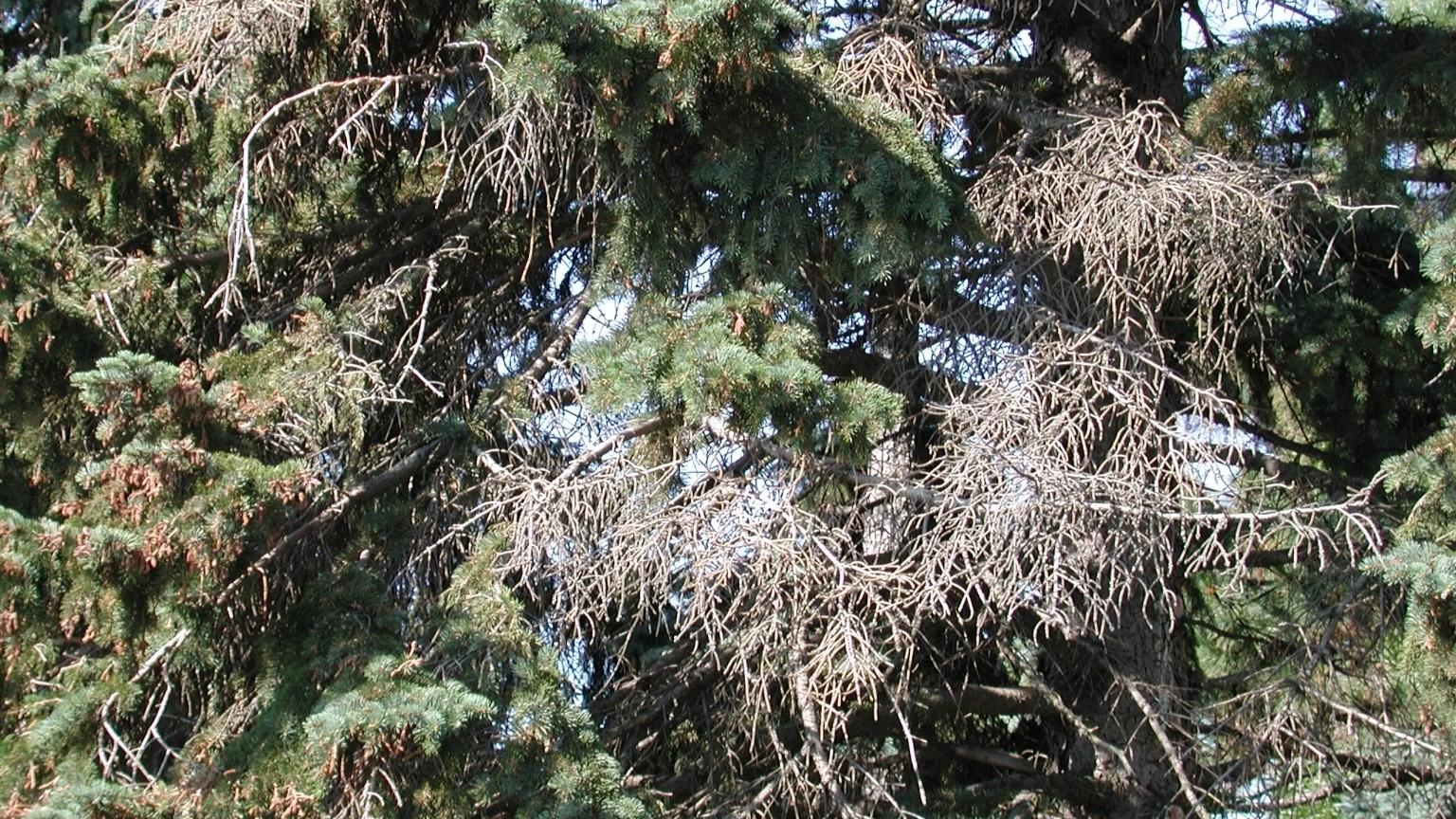Key points
- There are a large number of cankers that cause dieback on trees and shrubs.
- These are more common on stressed plants due to poor maintenance or site problems.
- Young cankers are slightly darker in color than adjacent healthy bark and appear slightly sunken.
- As cankers enlarge they kill the living woody tissue within the branch or trunk causing dieback.
Canker problems
- After a canker enlarges enough to girdle a branch or trunk, the portion beyond the canker dies.
- Small twigs are killed more quickly than larger branches.
- Symptoms may include progressive upper branch dieback, disfigured branch growth, or target-shaped areas on trunks with concentric rings of dead bark.
- Examples of fungi that cause cankers in the landscape include Nectria, Cytospora, Phomopsis, Monochaetia, Fusarium, and Botryosphaeria.

Botryosphaeria canker symptoms on Eastern redbud. Photo: Mary Ann Hansen, Virginia Polytechnic Institute and State University, Bugwood.org
Management
- There are no chemical controls for cankers and they cannot be stopped once they become extensive.
- The only control measures available are to remove affected branches and prune back to healthy wood.
- Drought stressed plants should be watered during dry weather to promote better tree vigor.
